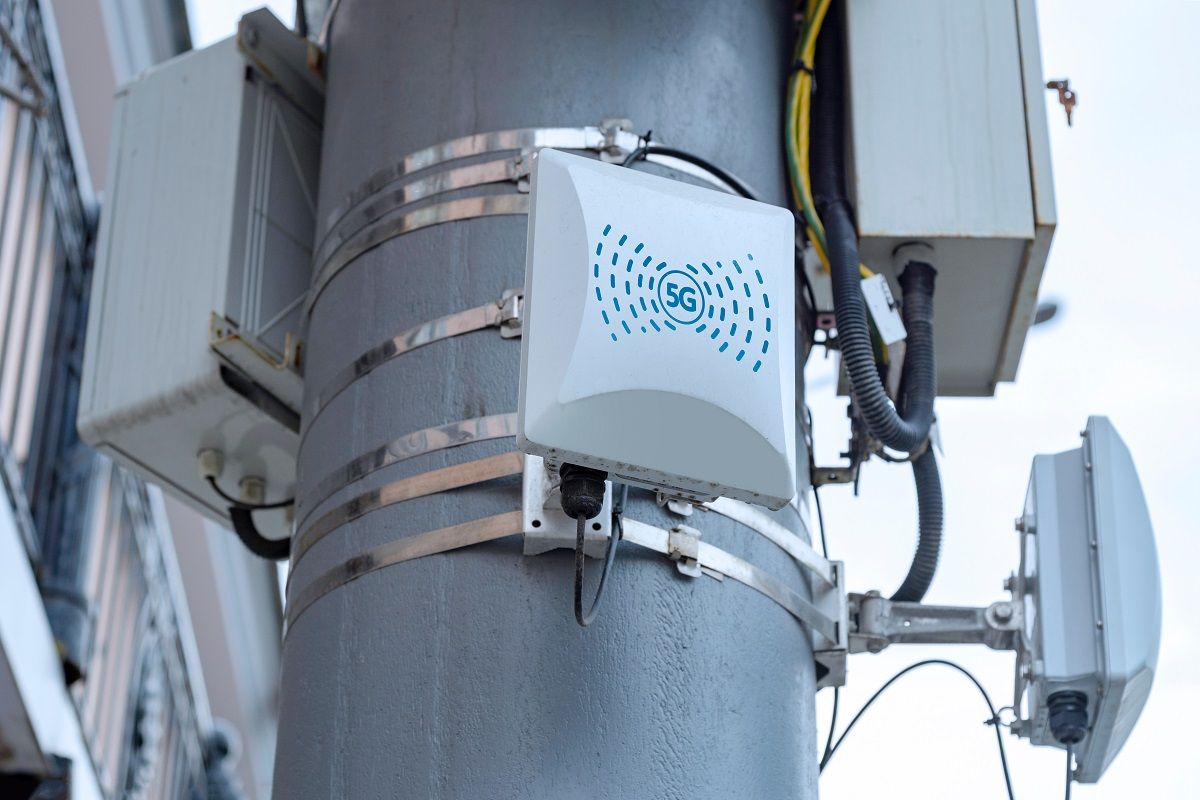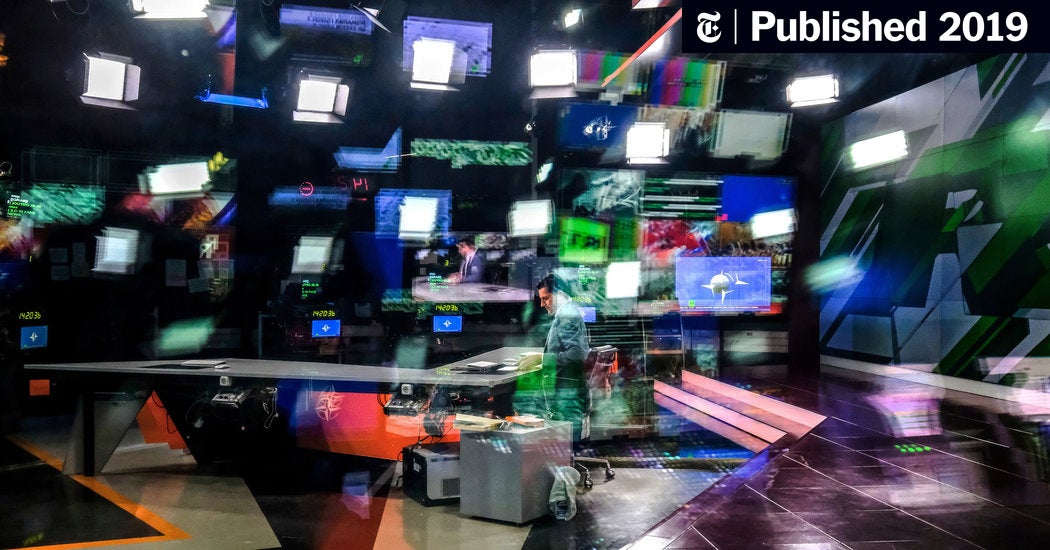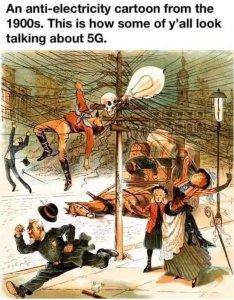- 15,049
- 15,586
- Joined
- Nov 2, 2006
I wonder if no one (extremly small percentage) goes and purchases 5G enabled devices, then telecom cos won't be able to afford to maintain satellites, thus abandoning the tech is this format.
They are only doing this to boost sales. I used to work at Verizon Comm and their ethos is , "we are not a phone company, we are a data company". The cellphone market has plateaued a while ago, and they are looking to force upgrades, increase cost, and are dangling higher speeds to do so.
But if no one's buying, can they sell? I don't know. But if the answer is "no," then the move is not to risk jail by damaging a companies equipment. I would be to band together for a global boycott of 5G tech and tell them to launch those satellites up their own ***.
They are only doing this to boost sales. I used to work at Verizon Comm and their ethos is , "we are not a phone company, we are a data company". The cellphone market has plateaued a while ago, and they are looking to force upgrades, increase cost, and are dangling higher speeds to do so.
But if no one's buying, can they sell? I don't know. But if the answer is "no," then the move is not to risk jail by damaging a companies equipment. I would be to band together for a global boycott of 5G tech and tell them to launch those satellites up their own ***.














